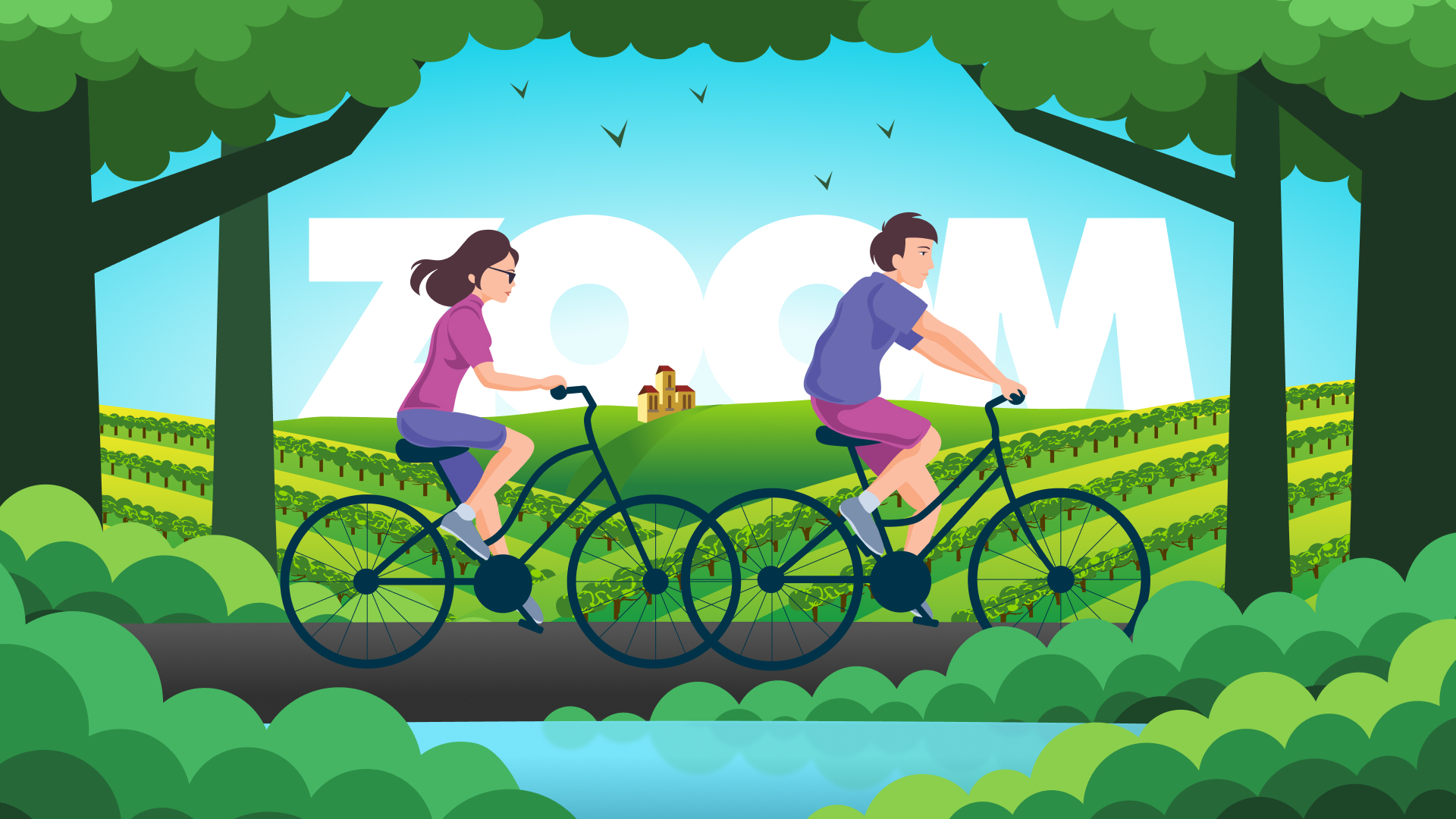There used to be a premium on trips to Niagara Falls on the train versus the bus. I understood the rationale: it’s an especially long ride with almost no turnover or bidirectional traffic.
This is almost definitely the last summer for the $10 weekend pass as we know it. It did its job, bringing new occasional passengers. But when weekend ridership levels are way beyond 2019 figures, and GO has trouble with stuffed trains and buses on several corridors, you can see the temptation to increase the pass fare or eliminate the promotion altogether
The challenge: Is/was the $10 pass about GO/Mx or is/was it about tourism to NF and supporting all those attractions and hotels with a mix of day-use and overnight trips?
If the latter, GO's struggles only serve to indicate latent demand that can grow the tourism sector in the falls, and if there's a nominal loss of say $10 per ride, but it spurs $200 in spending for a day visitor, and $600 from an overnight visitor......best tourism investment I've heard of in ages on an ROI basis.
***
FWIW, I think 'The Falls' could be a vastly larger attraction than it is, if only by virtue of being adjacent of one of the larger urban centres on the planet, never mind having a singular natural attraction at its heart that really has no comparator globally and most people, given the chance, would want to see at least once).
I would argue, the area has 3-5 potential tourism markets on its own (as discrete from Toronto).
1) 'The Falls'
2) 'Wine Country/Gastro-tourism'
3) Cycling/hiking/scenery/nature/Bruce Trail.
4) Casinos/Kitsch
5) Family-friendly amusements.
*****
Only number 1 is broadly where it needs to be (though here is room to improve the adjacent promenade/park space.
Two requires, a few wineries and scenic town cores (ie. Jordan) to be upgraded both aesthetically and with more high-end restos; it also requires better transportation options for people who are drinking.
Three would benefit from Bikeshare, an expanded waterfront trail, and more cycle-friendly routes on road. I think a dramatically expanded Short Hills Provincial Park that could support camping would also work here. As would trail-head investments for the Bruce Trail improving visibility, transit access, availability of washrooms and drinking fountains at major road crossings.
Four is basically what it is, not my thing, but would probably improve some if the market-size were larger
Five to me reads as Marine-land replacement project.
****
The above is not to fully digress this into a tourism thread, but rather to suggest, that in-season, I think the market is probably there for hourly GO service or it will be with a few quality investments.
Off-season will never have that type of market size, but might be bigger than it is today with an enhanced student market as well in St. Kitts and NF.





